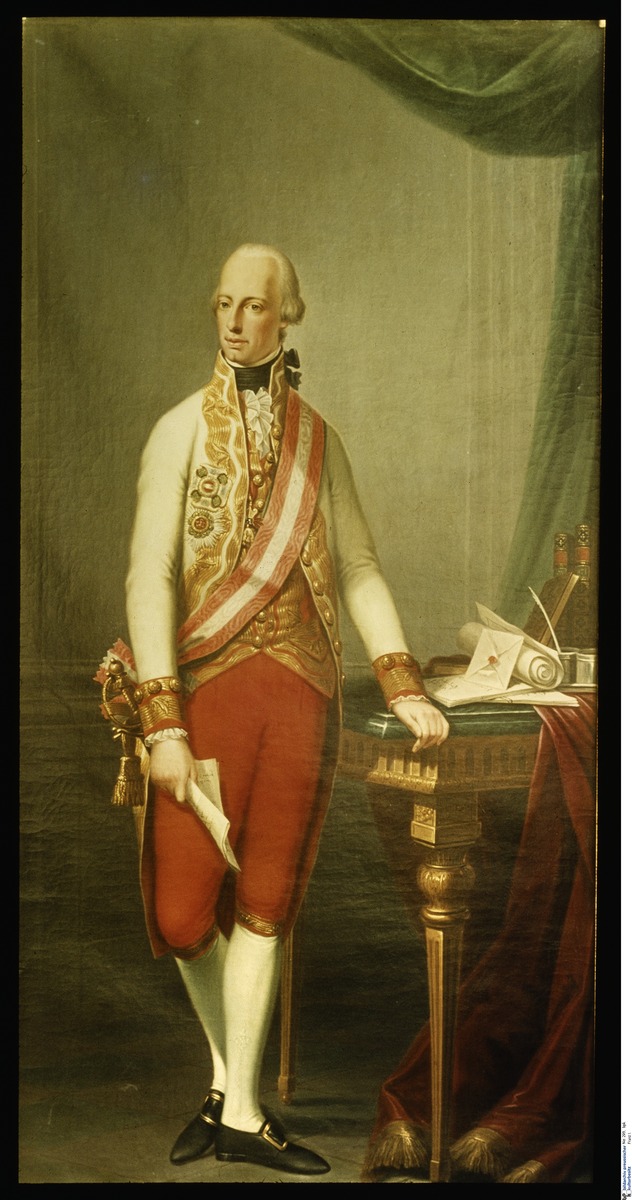Abstract
Born in 1768, Joseph Charles Francis of Habsburg assumed the title
Holy Roman Emperor Francis II in 1792, having inherited the position
from his father, Leopold II (r. 1790-92). His reign coincided with a
period of grave political turmoil in Europe. In fact, he acceded to the
throne on July 14, 1792, the third anniversary of storming of the
Bastille. On April 20, 1792, just months earlier, revolutionary France
had declared war on Austria and the Holy Roman Empire – not, however,
without provocation.
In 1804, Holy Roman Emperor Francis II also became Emperor Francis I
of Austria. He held the two titles simultaneously until Napoleon
declared the Holy Roman Empire dissolved in 1806. By the time Francis
acceded to the Austrian throne, the Habsburgs’ disastrous conflicts with
Napoleon (r. 1804-1814/15) had already reduced their power to a fraction
of what it once was. As a result, Francis sought to secure his position
by proclaiming the Austrian ancestral domains the Austrian Empire,
independent of the Holy Roman Empire. In 1805, Austria suffered a
crushing defeat at the hands of the French in the Battle of Austerlitz.
In 1806, Francis found himself under even greater pressure from
Napoleon, and the situation only became worse when sixteen southern and
southwestern German estates withdrew from the Empire to found the
Confederation of the Rhine on July 12, 1806. On August 6, 1806, Francis
abdicated the imperial throne. He retained the title of Austrian Emperor
and went on in this capacity to reassert Habsburg power after Napoleon’s
defeat.
